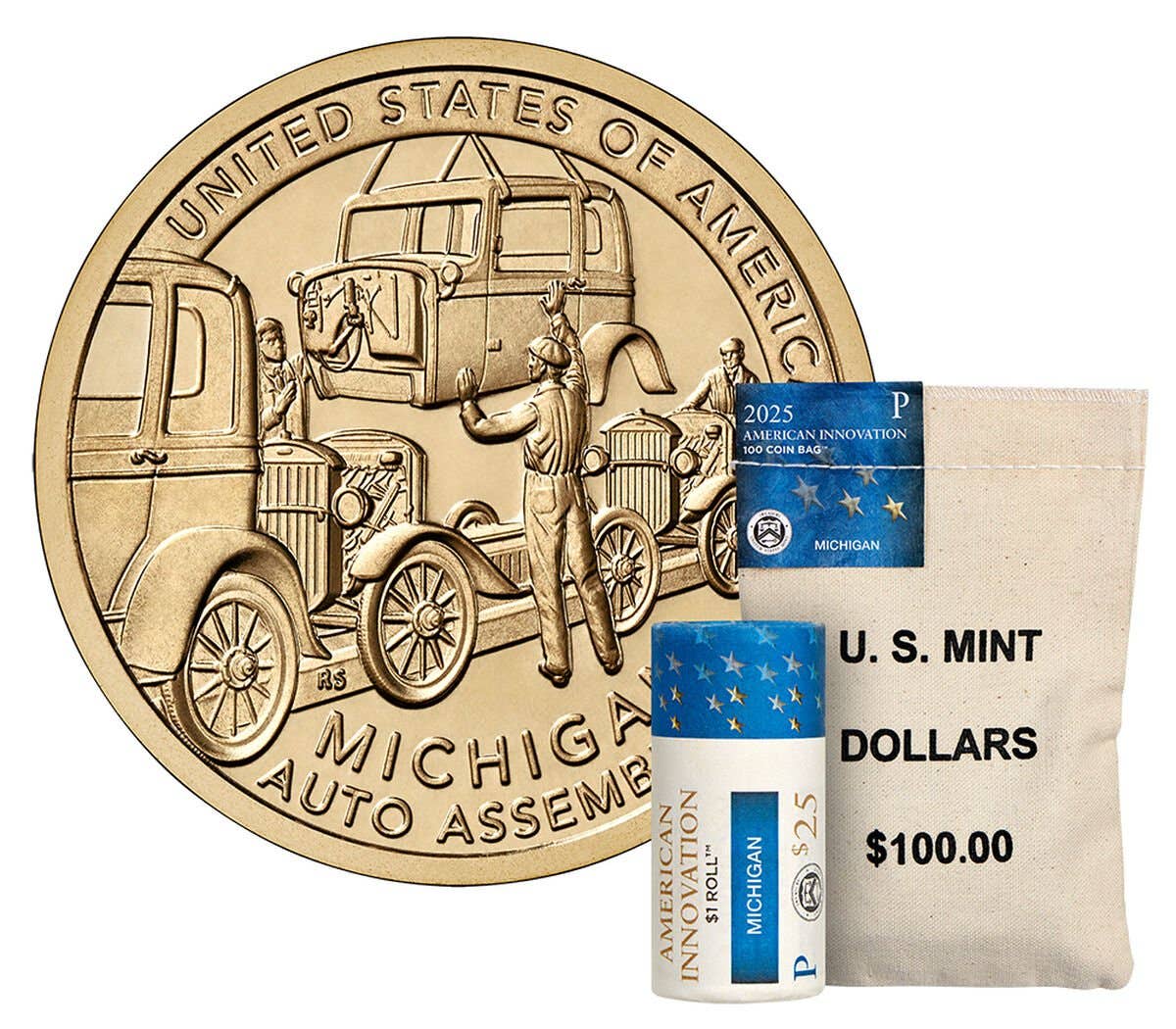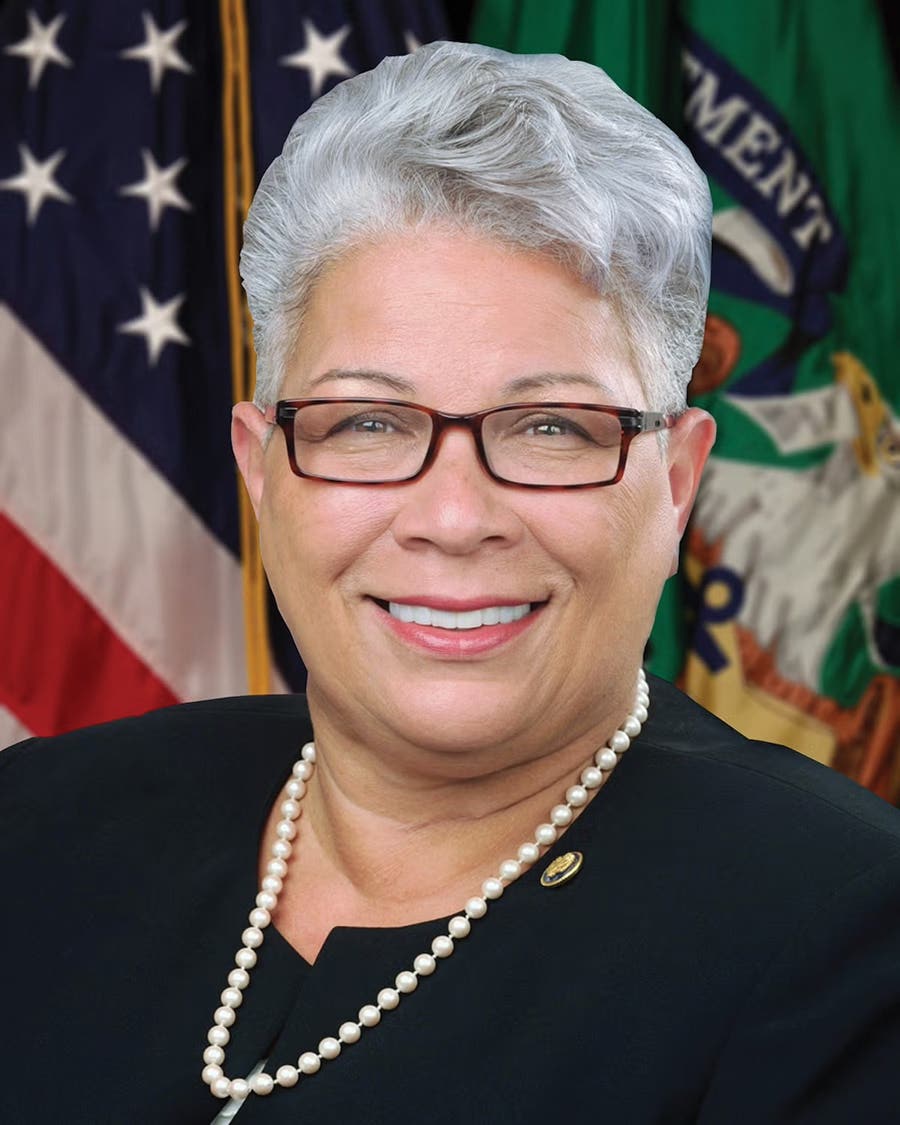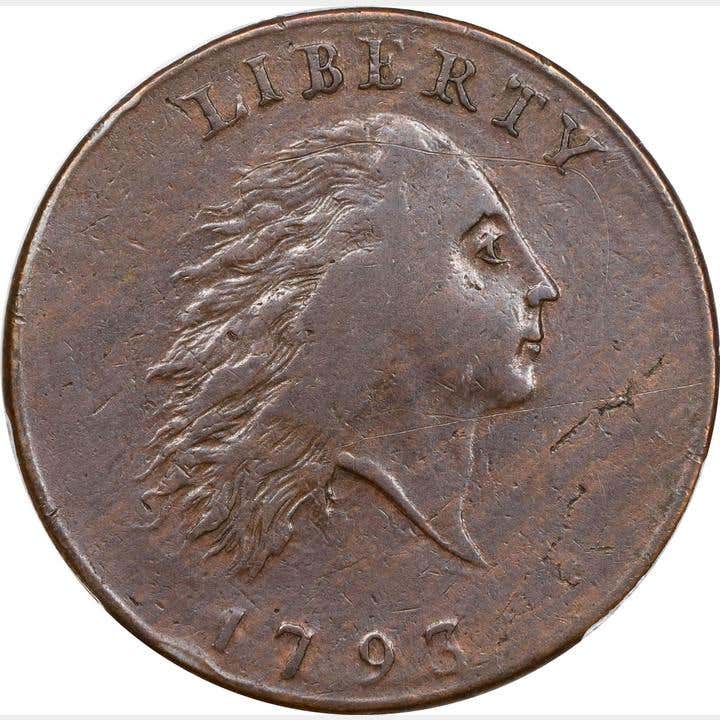U.S. History Revealed Through 1883 Shield Nickel
The Shield 5-cent coin certainly has to be considered one of the most significant issues in American history. After all, it was the first nickel. Despite a design that many…
The Shield 5-cent coin certainly has to be considered one of the most significant issues in American history. After all, it was the first nickel.
Despite a design that many would consider rather ordinary at best, the Shield nickel became a trend setter and its impact is still in your pocket today.
The silver 5-cent coin circulated for decades and little thought was ever given to changing its composition. It almost certainly would have been many decades more before there was any significant change in the denomination had it not been for the coming of the Civil War and a change in the behavior of Americans.
People both in the North and the South were naturally concerned as the Civil War began. When the war continued, the concern grew. The future of not just governments was at stake, but also the financial future of the people.
Someone would have to lose the war and that could be a problem for those on the wrong side if they were only holding the paper money of that side. As a result, people hoarded all coins. In metal there was at least some form of financial security.
Making change became a problem and the solution eventually was to change the coins while using other items as substitutes. A two-cent piece was created in 1864. The composition of the cent changed in that year as well and the weight was reduced. Then in 1866, the Shield nickel made its appearance.
The idea behind the Shield nickel was that it would be used during the crisis. It did not matter if the design of the Shield nickel was not spectacular. It was not expected to last beyond the point when silver could be used again for circulating half dimes.
History tells us it was the Shield nickel that survived and the half dime that finally died in 1873. Shield nickel mintages fluctuated widely. That was not unusual for the time. In 1882 a large number was produced, so it should not be overly surprising that in 1883 the mintage was down to just 1,451,500 pieces.
In 1883, the Shield nickel was joined in circulation by large numbers of the new Liberty Head nickel, first without “Cents” on the reverse and later with the word “Cents” added to prevent confusion should anyone attempt to gold-plate the new nickel and pass it along as a $5 gold piece. The 1883 Shield nickel, as a result, became the last of the historic Shield series.
It is not an especially rare date, but neither is the mintage large. It turns out to be an interesting date for the specialist. There are a number of interesting 1883/82 overdates, sometimes with the “2” to the left of the “3” and sometimes within the “3.”
The 1883 with a normal date is a slightly better Shield nickel, although certainly not a key. An MS-65 1883/2 priced at almost $3,000 in MS-63 is actually one of the most expensive of all Shield nickels in upper grades.
There is seemingly good reason to believe that the historic last of the Shield nickels was perhaps the rushed product of officials who were much busier worrying about the new designs. In fact, for the money, the 1883 Shield nickel ranks as one of the most interesting coins for the specialist since the Civil War. It had a modest mintage, and when you couple that mintage with all the history it represents, the 1883 Shield nickel has to look pretty solid.








